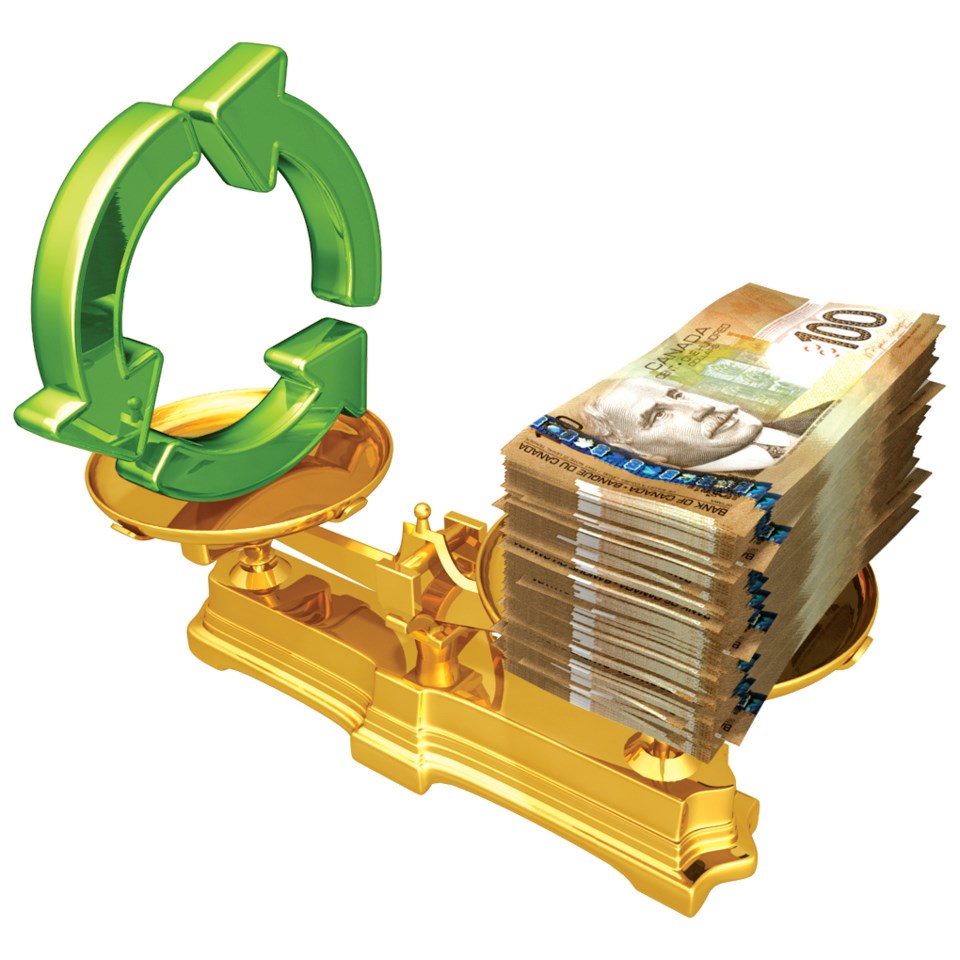Never invest past your sleeping point.
At the same time, don’t be afraid to increase your risk tolerance (and so your profit-making potential) by learning about an expanded variety of investment options and the risks involved. Do this on your own and/or with the help of a financial advisor.
Rule One: Protect your capital.
If your $8,000 investment drops by 40 per cent (to $4,800), it will need to grow 67 per cent (by $3,200) just to get back to where you started, let alone make any profit.
Borrowing to invest can be great news if your investment flourishes. If your borrowed $8,000 goes up 40 per cent, you will have made $3,200 (less any borrowing costs) out of “nothing” (other people’s money = the loan).
But this leveraging increases your risk of loss equally dramatically. If, as in the previous example, your borrowed $8,000 dropped by 40 per cent to $4,800, you will have to find another $3,200 to repay your $8,000 loan.
Rule Two: Hedge your bets.
Diversify to reduce your risk – a mix of guaranteed (GICs, bonds) and growth (stocks, equity mutual funds, real estate) instruments.
Not sure how much to sell if your investment has gone up or down? Sell part (half?) to lock in your profits or prevent that part from losing any more if values continue to fall, and keep part to benefit if values rise.
Rule Three: Consider tax and inflation risk.
Always calculate these “silent” risks – ones you don’t realize you take until you file your tax return, or look back over the time you have held the investment to deduct the inflation rate.
Shelter or defer tax when you can – for example in a TFSA or RRSP/RRIF, or simply in an investment whose capital gain isn’t taxed until you sell; also consider the reduced tax rate on Canadian dividends. Look for investments likely to exceed or at least match the inflation rate like the shares of companies that produce inflation-sensitive goods and services, and revenue property whose rents can be raised.



